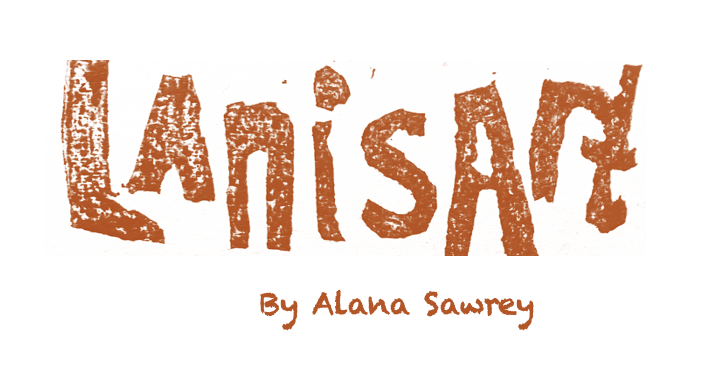Why art therapy? What is art therapy?
This post will clarify what art therapy is (and isn’t) and I’ll make a case for why, if you’re considering seeking help, art therapy could be for you.
Art therapy can’t be discussed without acknowledging the fact that creativity has been a part of the human experience for millenia. From ancient indigenous symbolism and artwork as a long and important cultural expression, to ancient Pompeii where we have artwork and graffiti preserved by the eruption of Mount Vesuvius, humans have used the creative tools at their disposal to communicate and explore ideas for a looong time. This is still true of today: we find ourselves with the same ability and desire to weave creativity and expression into our daily lives.
The field of art therapy is a bit of a hybrid between the field of visual arts and psychology. It emerged in the 1940’s in UK and USA, and didn’t properly arrive in Australia as a ‘recognised’ field with a governing body until the late 1980’s. The governing body for art therapists in Australia, New Zealand and Asia is called ANZACATA, and there is much more information for your perusal about art therapy and the organisation here
Some things you may not know about art therapy:
Art therapists undergo postgraduate training to be able to practice and register.
Art therapy is not about how skilled you are at art (stick people are fine, I promise). It’s about meeting your therapeutic goals and addressing your concerns with a professional, and art materials are available and explored as an aide to meeting your goals. If you’ve ever had the experience that words might not be enough to capture your thoughts- maybe art therapy is right for you.
Art therapy can look very different in a variety of settings, and depending on what the goals are. There is one-on-one art therapy, art therapy in groups, art therapy in open studio settings, in hospitals, or private practice, just for starters.
Art therapy can be effective for many different people- children, people who struggle to communicate verbally, the elderly, those who have experienced trauma, adolescents struggling with identity issues, people who might benefit from another outlet besides talking, or anyone who needs some assistance in expressing themselves and working through issues.
Art therapists don’t interpret or analyse your work, or read your mind. This is one aspect people commonly ask about, and I think the assumption is based on stereotypical depictions of psychoanalysis in pop culture. The reason art therapists don’t interpret your work is because different symbols and creative expressions are personal and could mean many different things. The job of the art therapist is to be with you in the process, to be curious, and to support you and help you meet the goals you have set out together.
Images used with permission. Artist: Elizabeth Bird.
Art therapy doesn’t offer a magical fix to issues. It provides a place where you can safely express yourself and perhaps even surprise yourself.
As an art therapist, I love the use of metaphor and symbolism to explain and describe emotions and experiences. I love the use of narrative and storytelling as a way to frame and understand experiences. I love giving people an outlet and being part of their journey. Creativity has always been part of my own journey and I believe in it’s qualities to take us as humans to a place outside of ourselves.
If after reading this you still have questions about art therapy, please feel free to get in touch:
alana@transforminglife.com.au




